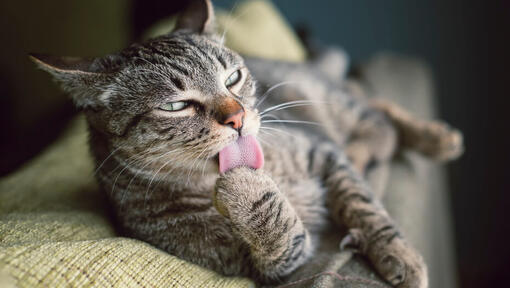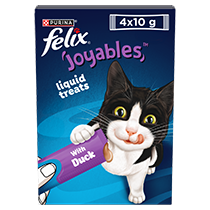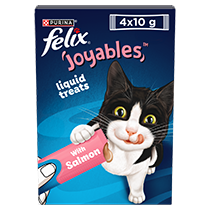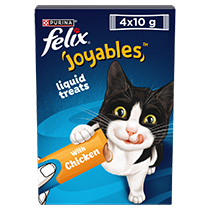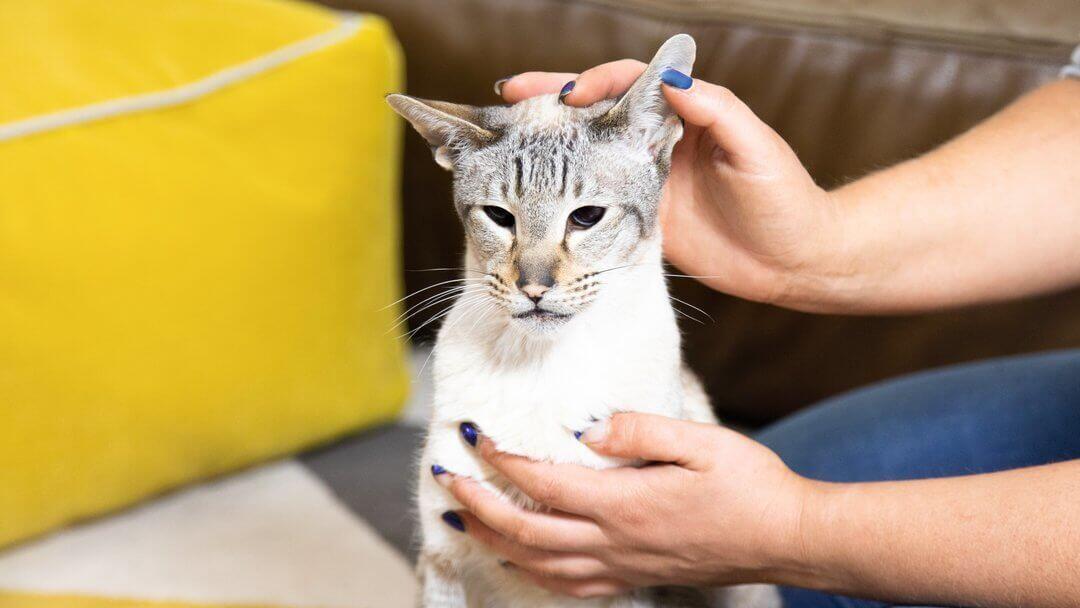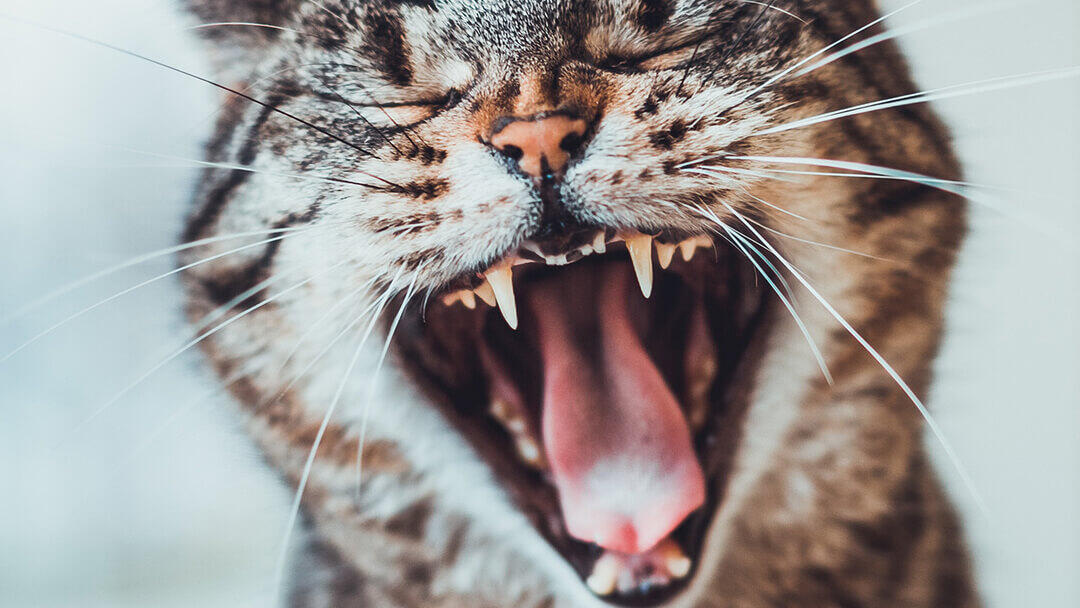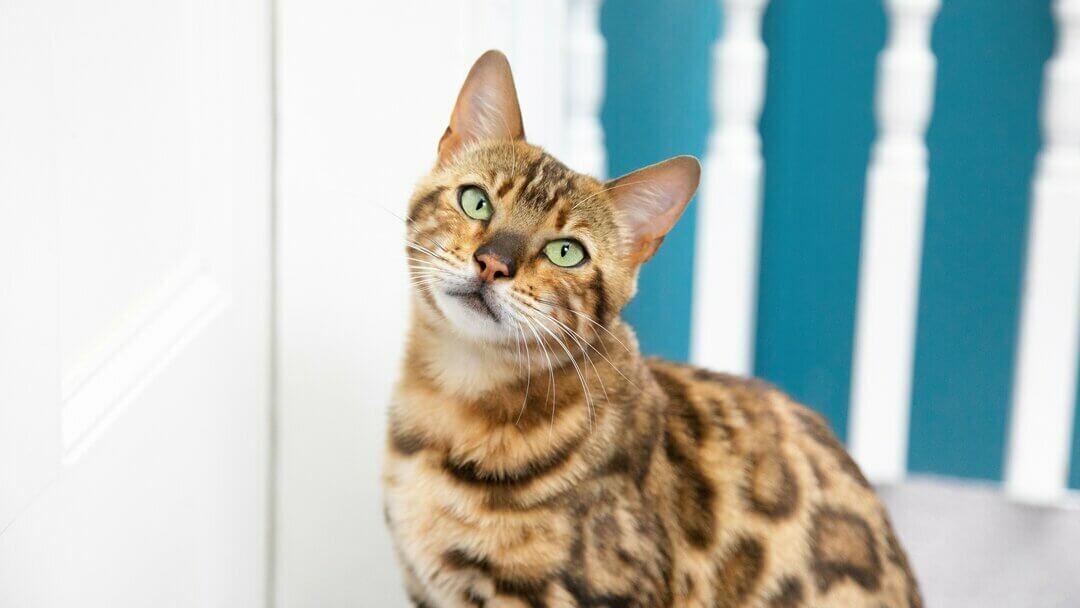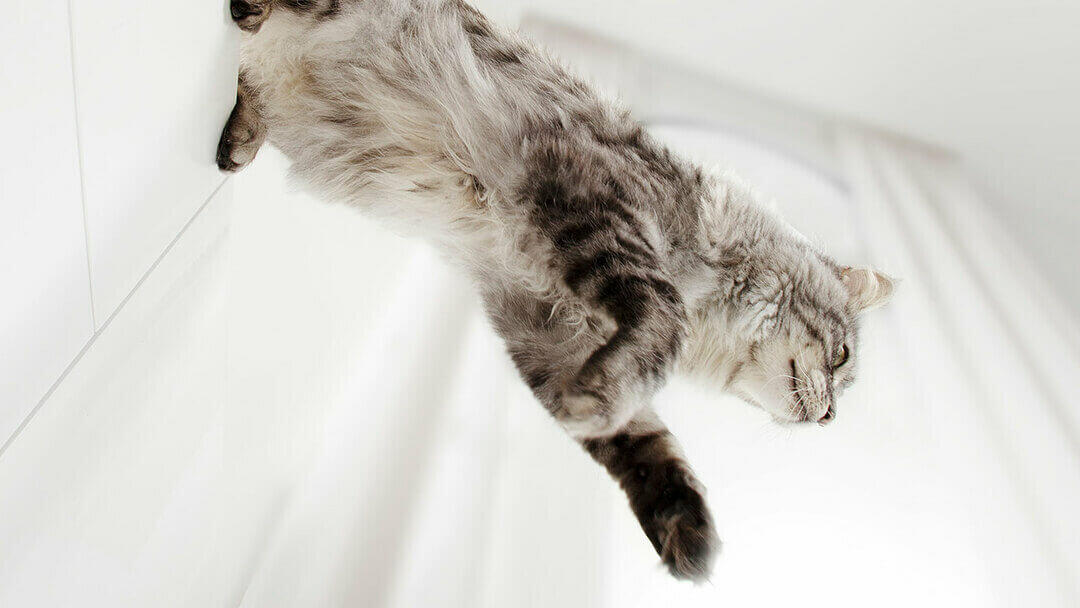


Our cats are creatures of mystery, but their anatomy needn’t be an enigma too. At Purina, we’ve put together this guide to cat anatomy so you can understand all that’s going on inside your furry friend.
We spend so much time snuggling and petting our cats and obsessing over their adorable looks, but not many of us actually know what’s going on inside. If you love cats as much as we do, you’ll probably be wanting to find out everything you can about these mysterious creatures, so we’ve put together this guide to cat anatomy to give you a peek into what’s happening inside your four-legged friend.
All about cat anatomy
When we have to take our furballs to the vet, we often nod and smile as they go through various cat anatomy terms, but very few of us will actually stop to ask “where is that located?” or “what’s that responsible for doing?” The internal workings of your cat are rather amazing, keep reading to discover everything from the structure of their ears to the amount of bones in the average cat’s body.
Cat ear anatomy
You’ll all be familiar with the adorable triangle shape of your cats’ ear (also known as the pinna), but did you know this serves a far greater purpose than just appearing cute? The pinna is the part of your cat’s ear anatomy which is responsible for capturing any soundwaves and funnelling them into the ear canal and into the middle ear. According to Pet MD, your cat’s ears have loads of muscles so they can easily manoeuvre them and turn them toward sound, increasing their ability to hear even very quiet sounds.
The middle ear houses their eardrum and ossicles – these are small bones that vibrate with soundwaves which then get sent onto the inner ear. The inner ear is incredibly complex as it contains sensory cells which send electrical signals to the brain. The vestibular system is also located here which is responsible for balance and orientation – hence why your cat may feel off balance if they get an ear infection!
Cat teeth and their different purposes
Adult cats have 30 teeth in total and they serve 3 different purposes: holding food, chewing food and killing prey. Cat teeth are located in the alveolar socket within the jaw and are held in place by ligaments, cementum, soft tissue and bone. You may be surprised to learn that your cat’s teeth are made up of three unique substances: pulp – in the centre of the tooth, this contains cells, nerves and blood vessels; dentine – this covers the pulp; enamel – this is the protection for your cat’s teeth, it covers the crown and prevents teeth from becoming too sensitive.
Different types of cat teeth:
- Incisors: the small teeth at the front, which are used to hold prey.
- Canines: the long, sharp teeth used for hunting.
- Pre molars and molars: these are for chewing and cutting through meat and bone.
Cat’s tongue
If you thought that the tongue would be the most normal part of your cat’s anatomy, you’ll be in for a surprise. Cats tongues are covered in small spines – known as papillae – which resemble tiny hooks. Interestingly, they’re made out of keratin, like human fingernails.
The unique design of papillae means that they’re excellent grooming tools as they allow your cat to easily untangle knots in their coat by licking it. As quoted in a recent National Geographic article these spines enable your cat to transfer a large amount of saliva to their fur, which not only helps to keep the coat clean, but also aids in lowering body temperature.
Cat’s whiskers
Whiskers, also known as vibrissae, are embedded deep into your cat’s body and are connected to both the muscular and nervous systems. This allows them to send sensory information via nerve pathways about their surroundings and to initiate a response if necessary.
Your cat’s whiskers are partly why they have such an amazing sense of feeling and seem to navigate the world with such ease, as they help them to sense vibrations in the atmosphere. Their whiskers aren’t exclusive to their face either, but you’ll also find them on their jaw and the back of their front legs! Want to find out more about your cat’s amazing whiskers? Read our article.
Cat paw anatomy
If you’ve ever wondered why your cat doesn’t like their paws being touched, it’s actually because they’re one of the most sensitive parts of their body. They’re packed full of nerve receptors which enables them to feel vibrations and helps with balance. Additionally, cat paws work as excellent shock absorbers, which is important as our cats are often leaping around and jumping off things.
Looking closely at cat paw anatomy, you’ll see that they have five toes on front and four on the back, with the front inner toes being responsible for grasping. Cats will also sweat from their paws too, which is why you may spot damp cat pawprints on your surfaces if they feel particularly hot.
The importance of claws
The amount of claws your cat has matches up to their number of toes, five at the front and four at the back. The claws curl, so they’re great for catching and holding onto things and also makes cats such amazing climbers. However, the direction their claw curls means that they can’t climb downwards, which is why you may spot your kitty shimmying backwards down a tree!
Contrary to popular belief, cat’s claws don’t completely retract, so you may spot them sticking out a bit. To release the claws, cats contract a tendon in their legs, similar to how we move our toes. Additionally, cats also have a dew claw on their front leg (located slightly higher up) which they use to get a better hold of toys or prey.
Cat have a unique skeletal system
Our cat’s skeletal systems are so unique as they have no collarbone and an incredibly flexible backbone with 30 vertebrae – this is part of the reason why cats always land on their feet!
The average cat has around 250 bones in total which are separated into three subunits:
- Appendicular: limb bones.
- Axial skeleton: skull, spine, ribs and sternum.
- Splanchnic: a bone in the soft organs of the body, unattached to the rest of the skeleton, the only example in the cat is the penis.
Bones may also be referred to by their shape:
- Long bones: limbs.
- Short bones: wrist and ankle.
- Sesamoid: located near freely moving joints.
- Flat bones: found in the pelvis which attach muscles and long bones and, in the head, which surround and protect the eye, ear, sinus and brain.
- Irregular bones: vertebral column and all other parts of the skull and parts of the hip bone.
Internal systems (the squishy bits)
Your cats’ internal systems are a crucial part of your cat’s anatomy and each aspect has a very important role to play in keeping your cat healthy.
The cardiovascular system is made up of the heart and blood vessels and is responsible for pumping blood around the body. It circulates oxygen and removes carbon dioxide as a waste product along with distributing essential nutrients required by the body.
As you may have guessed from the name, the lymphatic system contains the lymph nodes and lymph vessels. This system is part of the immune system and transports lymph – a fluid containing white blood cells – throughout the body.
Your cat’s digestive system is made up of their mouth, teeth, salivary glands, oesophagus, stomach, intestine, pancreas, liver and gall bladder.
The integumentary system refers to your pet’s skin and fur. The skin covers the external surface of the body and forms a barrier to the external environment, while their fur prevents heat loss and keeps them warm.
As you may have guessed from the name, the musculoskeletal system is their muscles, bones, joints, tendons & ligaments.
Your cat’s mouth, nose, trachea, lungs and smaller airways are all part of the respiratory system. The main role is to take in oxygen and expel carbon dioxide.
This system contains the organs which are key in reproduction and expulsion of urine including your cat’s kidneys, ureters, urinary bladder, urethra and genital organs.
This part of your cat’s anatomy refers to their brain, spinal cord and nerves.
The endocrine system is responsible for the production of hormones from glands e.g. thyroid glands, parathyroid glands, adrenal glands and parts of the pancreas.
The hematopoietic system is your cat’s bone marrow, spleen, thymus and lymph nodes. These are responsible for producing the three types of blood cells: white blood cells to fight infection, red blood cells to carry oxygen and platelets to aid with blood clotting if your cat gets injured.
So now you know all the basics to your cat’s anatomy! Looking for more information on your new cat? Read our article on can cats see in the dark to find out about your kitty’s intelligent eyes.




